June 4 – 9, 2021
This blogisode is one of our shorter editions, as we left the Sierra’s south and west across the state to the coast. An area of Caifornia that doesn’t get the California love as it is mostly agricultural, ranching, and hot (no Elvis surf movies were ever filmed here). It does however deliver lots of nature, culture, and more than likely something you ate on the day you read this came from the soil along this stretch of the US of A. We hope you enjoy our wandering through gold rush towns west of the Sierras, sequoias, and the newest national park. But first, here’s a little something that we observed.
The post-vaccination stage of our journey has certainly had a different feel than the pre-vaccination stage with one of the biggest differences being our ability to dine out. While we still cook breakfast at camp most days, prepared dinners that I cook (those not eaten cold from a can) have become a rare thing. Even getting the small propane tank off the roof of the truck and the grill from inside the truck is a memory. We are also camping mostly near towns or intersections with some level of food service making dining out much easier and more convenient than cooking. (Please note that Toohey has yet to strike on the matter of us not cooking meals as we still give him cookies after dinner since there are no dirty dishes for him to bear proof.)
Last night was one of those easy dining experiences that turned into way more than a delightful culinary event. While staying in the small town of Angel Camp, we decided to drive the 4 miles to the downtown area. Angel Camp has a narrow street with old gold rush era 1800’s buildings lining both sides. There wasn’t much activity this night. With a few cafe-sized restaurants and the usual dive bar along the street, Cascabel was the only restaurant actually opened. We slowly and apprehensively approached the front window to read the menu and heard a voice coming from the passenger seat of a tan Tundra pick-up truck parked directly behind us. The lady, we guessed to be in her early 50’s, told us that the food was excellent. She went on to tell us about the brownie cheesecake, that her niece was the waitress – the only waitress with long braided pigtails, and that their dog, a large yellow lab lying in the back seat, was diagnosed with cancer and will likely be put down the next morning. Her sister was inside breaking the news to her daughter and ordering an undercooked hamburger patty for the ailing pooch. The mood was somber. The sister, who turned out to be a twin, came out of the restaurant to join in the conversation. They gave us all types of ideas on things to do and see in the area. They were kind, giving, and we enjoyed talking with them. And with that sort of introduction, we just had to go inside.
The inside of the restaurant consisted of one small open room, simple Mexican without all the bright colors and flamboyant furnishings. The staff working the front of the house were two young women and as described by the aunt, one had long braided pigtails. The menu had no photographs of food, combination plates or numbered entrées, but everything ordered al la carte from the main entrees, appetizers, and desserts. Our waitress, as luck would have it, was the one with the pigtails. She was professional and attractive, dressed in trendy jeans and a t-shirt, keeping a friendly smile while obviously dealing with a small but busy restaurant and having just learned the news that her family dog wasn’t going to make it. We watched on one occasion as her mom came back into the restaurant, moving around as if she owned the place, speaking to other patrons, at one point stopping at a table of three who had a small dog to speak to the dog. On another occasion her mom stepped into the back kitchen to talk with the owners who were the chefs and then she helped herself to the soda fountain normally reserved for the servers. But with all that, it seemed her main purpose was to give her daughter a big hug as she new that even though she wore a smile while waiting on the customers, she was deeply saddened by the news of her dog. As her mom left, her aunt entered and without the confidence of her twin sister, moved to the back near the kitchen where she stopped and leaned with her arms on the waitress counter. As with her twin sister, her point of being here was to give her niece a hug, a long emotional hug that ended with with a swipe of her eyes. An obviously loving family dealing with some emotional toil. The aunt left only to return quickly as she forgot the second most important thing, the dog’s undercooked hamburger patty.
My radar for watching the room continued as we enjoyed our dinner. I noticed the gentleman of a couple who came in just before us walk up to talk to the waitresses. I thought I heard, maybe a combo heard and lip read, him say something about paying a tab. I continued to watch as after they left the restaurant, the waitress approached the table with three young people and their small dog to tell them that the couple behind them had paid their bill. I’ll never know why, but the generosity was felt deeply by all three. The generosity, the love, and positivity of the dining experience we observed here tonight was more fulfilling than my fish taco’s and fried avocado which were both quite good. An hour of our lives sitting in a relatively nondescript Mexican cafe in the town of Angel Camp California delivered much of what is good about humanity. Hugs, love, giving of ourselves when it is both needed and unexpected. And of course, the undercooked hamburger patty for the ill pooch.
We paid our bill and left a note for our waitress that we will be thinking of her as losing your family dog is hard and we dread the day that will certainly come with our senior dog. We didn’t get the brownie cheesecake dessert that night but boy we left there completely satisfied.
Travel Journal
We entered the golden hills of California as we turned south along highway 49. We learned from a few travelers that this is where the history of the state developed with the gold rush. We passed through the outskirts of a few small towns before getting to our destination, Angel Camp. An interesting name that would seem to indicate some Christian spiritual beginning but, as it turns out, was based on the name of a guy named Angel. It prospered with the gold rush and now with somewhere around 3,000 locals, is still a small town in the California foothills.
You likely have never heard of the town of Angel Camp unless you are a Mark Twain enthusiast or follow competitive frog jumping. You might be surprised to learn that both of those are intertwined in history. Mark Twain was living there in a small cabin when he wrote and published the short story, The Celebrated Jumping Frog of Calaveras County. This was the story that allegedly put him on the map as a legit writer among writers. It also solidified his relationship with the town and its relationship with competitive frog jumping. Competitive frog jumping is a celebrated annual event in Angel Town. So celebrated that the Main Street side walk is embedded with all winners along their Hop of Fame from as far back at 1928. Rosy the Ribbet, who holds the current world record with her jumps over 21 feet, is among those featured on bronze plaques along the hop of fame. Each square listing the winners also honors the distance of the winner’s jump More information on this event and entering your frog can be found by watching the video below.
Big Tree State Park
Learning along the way is something we enjoy and the stop at Big Tree State Park provided such a moment. Among our knowledge gained included understanding the difference between the giant sequoia and redwood trees. The similarity is that they are both huge. Differences start with the sequoia’s being located inland in the western Sierras whereas the redwoods are located along the northern coast of California. Sequoias are shorter but much more stout in the tree trunk whereas the redwoods are taller and thinner in the trunk. Big Tree State Park is a lessor known park than Sequoia National Park but we were told it would not disappoint and it didn’t. That, and with mid 90’s forecasted for Angel Camp, adding a few thousand feet of elevation would certainly mean a reduction in temperatures.
Big Tree State park is located about 30 miles east of Angel Camp in the western Sierras. We passed through gorgeous wine and ranch country the golden hills mixed with dark green vineyards and bushy oak trees. We cruised the trendy little downtown of Murphy about 9 miles to the west with outdoor cafes and restaurants lining the Main Street supporting the wine industry tourism. The last stretch of road was a curvy two lane mountain road with the introduction of dense forested mountain terrain. We pulled into the park and up to the gate where we were met by a masked female in ranger garb. I asked her if the trees were out today, thinking a little dad humor would break the ice. She said it would be $10, never responding to my attempted joke.
There are two main groves of trees in the park. The north grove sits up front near the entrance and visitor center, has smaller trees, a shorter walk along stroller accessible turf, and because of all that, bigger crowds. We chose the south grove, another 8 miles of slow park roads to the trailhead, a longer dirt trail, bigger trees, and smaller crowds. The drive was beautiful with lush green alpine tundra with many evergreens, deciduous trees of oak and dogwood, and ground cover. Ground cover had been burned off in a few areas for the health of the forest. We arrived at the parking lot which was about 30% full providing options for us to find a nice shady spot for Toohey as dogs aren’t allowed on the trails. After he got a good sniff and time to set his boundary, we secured him in the truck to protect the assets while we ventured into the woods.
The trail started as a nice cushy soft dirt double track track. It took a mile to get to the start of the south grove trail before it narrowed and where we spotted the first of many large sequoias. The first one was on its side, dead, but left a fun burned out shell resembling a cave. It was tall enough for an average sized man to stand inside its trunk with plenty of head room. There was a family enjoying the moment with the young boys playing inside getting black soot on their clothes and faces while the mom was trying to take photos. Also there were two volunteer rangers who we struck up conversation and in return got a short lesson about the trees. They talked about the sexy reproductive process of these large trees which requires a complex mixture of beetles, squirrels, and fire. They told us about the other types of trees in the grove and a little about what lies ahead of us on the trail. This was a great introduction for us as we made our way along the trail, mesmerized by the size and girth of these trees. Many of the older ones have survived fire during their thousands of years of life. As we learned the inside burned leaving the outside, constructed with less sap and more resilient to fire allowing them to maintain structure and the life of the tree. This left interesting arches and tree caves to walk inside and experience. The last one on the trail was labeled the Agassiz tree. Standing 250 feet tall, 25 feet in diameter at 6 feet off the ground, the tree ranks as one of the largest in the universe. The larger sequoias get to over 300 feet and 32 feet in diameter, out weighing the Great Blue Whale which is the largest animal by 5,850 tons. They were amazing to experience in the relative quiet of the Big Tree State Park.
We left Angel Camp RV Park and headed south along narrow two lane rolling hills. Steep and curvy were the roads, requiring full attention with eyes forward and two hands on the steering wheel at all times. The road eventually flattened out as we drove through what turned out to be large scale commercial nut tree orchards which, by the way, is my name, in German Nussbaum means nut tree. We passed, on the opposite side of the road, what we thought at the time was a large vineyard. We were half right but the grapes were grown for raisins as apparently we were now in raisin country. We skirted the town of Merced, stopping at Target then another 20 miles south along the 99 to Chowchilla, California. When searching interesting things here I found there are two prisons, one being a woman’s penitentiary. Contrary to this image, our stop over was in a swanky RV park. The nicest place we’ve stayed by far, with sites individually owned and rented by the staff when not in use by the owner. We entered through a large ornate automatic metal gate. All sites were landscaped, irrigated, and lined with tall hedges and RV sites on concrete slabs. Some owners have replaced the concrete with brick and even added brick fire places and grill inserts. The park adjoined a golf course which the nightly rate of $55 gets you and your spouse a free round of golf. Nice amenity as the last place for $90 provided us nothing but lousy internet, unloved dirty sites, and crowded facilities. There were flowers blooming, birds chirping, and tall California palm trees. This place could get our attention for a while if we weren’t the low rent rig on the block. In fact, reading rules they forbid soft top pop-up trailers and tents so I guess the hard sides of our rig are something of a status symbol of which we’ve been unaware.
We spent the afternoon washing the fruit that we picked up from a fruit stand and putting away groceries, talking on the phone to family, and enjoying the day. We ordered salads from the golf course grill and relaxed. As the sun fell the temperatures dropped making it the ideal spot to be outside for the evening.
Pinnacles National Park
We arrived at the entrance shack where we were greeted by a ranger who wore her friendly badge as she was definitely good at customer service. We drove in the last few miles, found our campsite, and set up without any issues. The site was a tent site which here means no electricity. There is community water, an animal proof metal food storage box, and a picnic table. Mostly the ground is void of much but the hardiest green. Thankfully for us the hot temperatures were gone for the past few day so the lack of shade at our campsite wasn’t an issue. We relaxed around camp, walked several campground roads and then drove out the road, about 4 miles, to the end of the park so we could spot the trailhead for our morning run.
Coming to Pinnacles National Park was sort of a novelty for us. This is one of the newest parks in the system having been designated by President Obama and as protection for California Condor breeding. There are rock features shown on the brochure that give it the name Pinnacles. However, from the start the park is sort of uneventful. From the entrance, the campground area, and all the way to the end there is little to see that is national park worthy. No ahhh moments, striking scenes or large animals and the buzzards we saw were turkey buzzards. In fact, the condor isn’t all that sexy once you see one as they are buzzards with larger wings. We finally did see some rocky features at the end of the road and even those were a bit unremarkable. What did entertain us for the moment were the ground squirrels and the covey of quail wandering through the campsite. The squirrels are pretty daring but the quail are fun to watch as they stroll and scratch their way around camp making noise. The males strut with their crown jewel looping off their head and chirp constantly. They resemble waves moving up and down a beach as the flock moves around, slowly coming out of the trees into the open area then rush in the opposite direction from whatever startles them.
We talked to other campers who commented on the nightly raccoon encounters. The two brothers camping in the next site told us that the brave fools stole their steak out of their cooler so they had to drive 40 miles back to town to get more food. Think metal food storage bin.
Our night was good with no nature experiences. We set off early for the Moses Spring trail that connected with the High Peaks Trail with the return along the Condor Gulch Trail making for a 5.5 mile loop through some of the parks best sites. The High Peak portion of the trail turned out to be the money as it weaved in and out of the large rock pinnacles, on narrow ledges and trails with steps cut years ago by the hardy men working for the CCC. They installed short handrails along side the rock steps to help prevent death due to falls, obvious due to their short height that it was way before standards on handrail heights were established. We also were extremely fortunate to see a few California Condors roosting and flying about, intermingling with their smaller cousins, the turkey buzzards. The bonus of the morning was that few people ventured out this early giving us lots of peace and quiet to enjoy the incredible beauty we found here.
After some midday downtime, brunch, and short walks with the pooch, we decided on a drive back to the Moses Springs Trailhead for the short mile hike up to the reservoir. This trail turns off the Moses Springs trail just a short distance from the parking lot on the Bear Canyon Trail. The caves which are features of the park were still closed from the threat of COVID but the access to the reservoir along the main above ground trail still was still operational. As it turns out, we found a trail that was one of the best representations of the area with interesting features from start to finish. There were lush fern groves along mossy boulders, some quasi caves, and short caves where you have to stoop to climb in for the cave experience. The edgy areas were equipped with CCC installed stone steps and metal handrail again too short for most but enough to give you support not to fall to your death. As we approached the ressie (Aussie for reservoir) along narrow rock chiseled steps you see to your left large stone blocks used by the CCC to construct the dam still holding back the water. Once on top of the ressie, you see a small body of water surrounded by grasses flowing with blue and red dragonflies buzzing around. There were a few others, some who had hiked in from the west entrance of the park. Most were quietly sitting on rocks along the water edge enjoying the day.
The morning drive out of the park and through the rolling hills was of California ranch land. The golden and yellow hills, some with green vineyards, were eye candy, a neat drive whether you spend time in the park or not. As we descended into a valley the sights changed to large industrial scale farming operations with a wide variety of crops. We passed through the farming community of King City where we met up with the 101 and the coast.
Update: We made the decision to sit for a while along the Northern California coast to enjoy the nice cool weather, the quiet hikes through the redwoods, and the amazing aquatic life that is featured daily along the beach. We have had a few bear encounters and have been able to keep crowds of human tourists mostly at bay. I have also been intrigued by the uniqueness of this area and specifically the character of Kamp Klamath. There is something rich about this place, the people who exist here. The slow pace of things, the lack of urgency. Our plan at the moment is to leave here on July 20th and head north then east. Hopefully by then the inland temperatures will have cooled a bit. Until then…
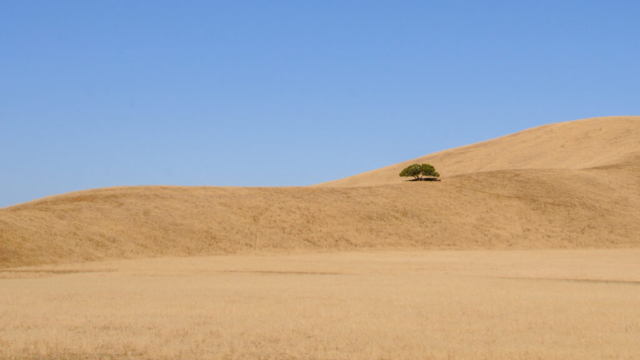
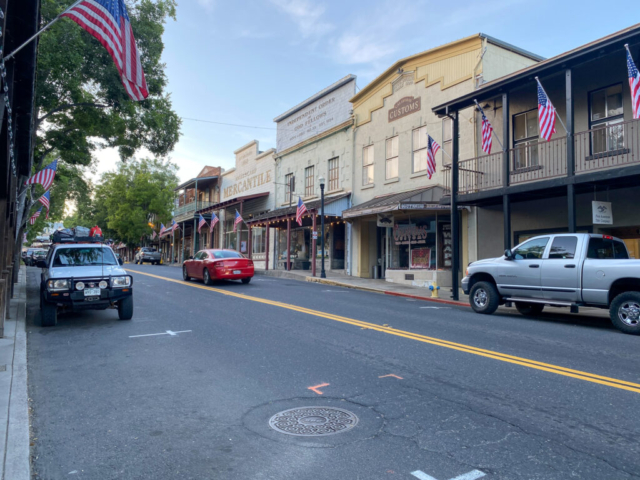
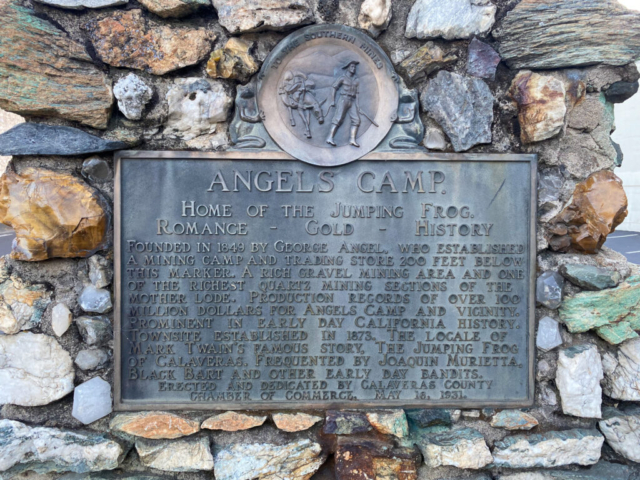
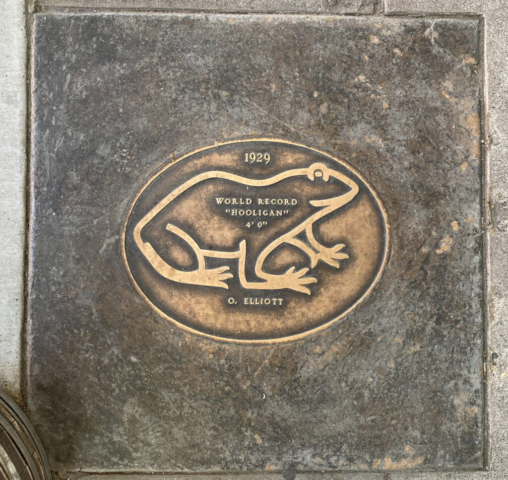
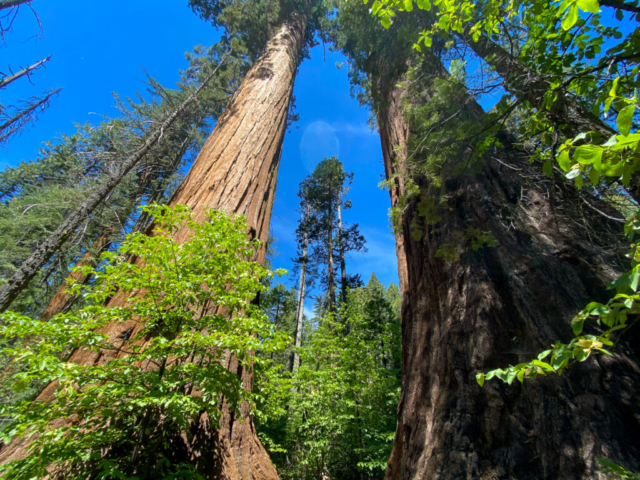
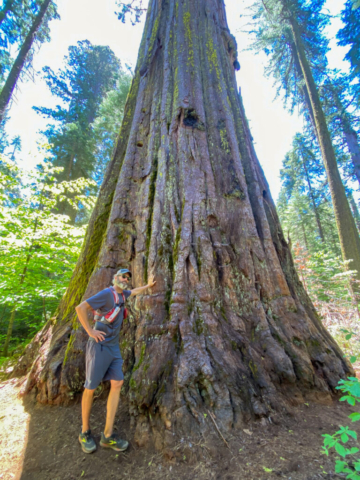
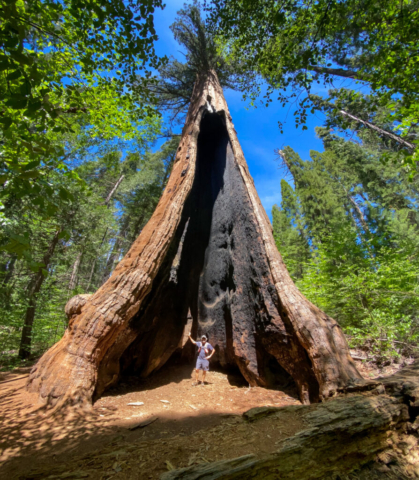
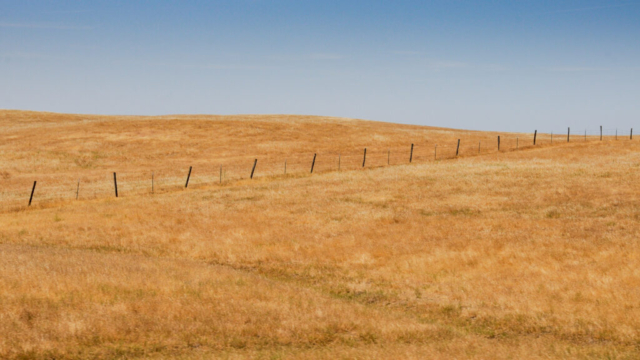
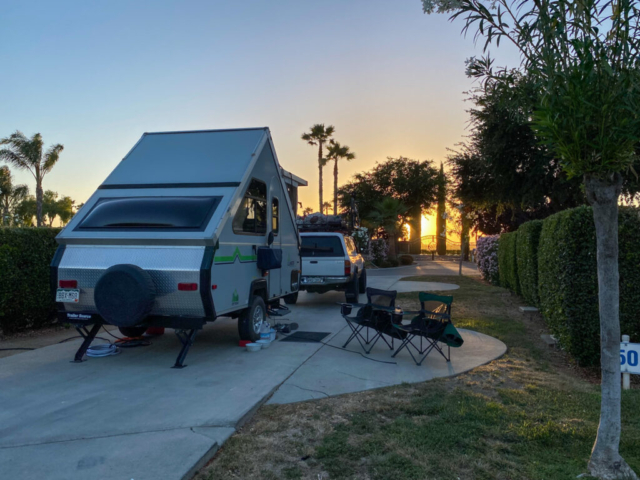
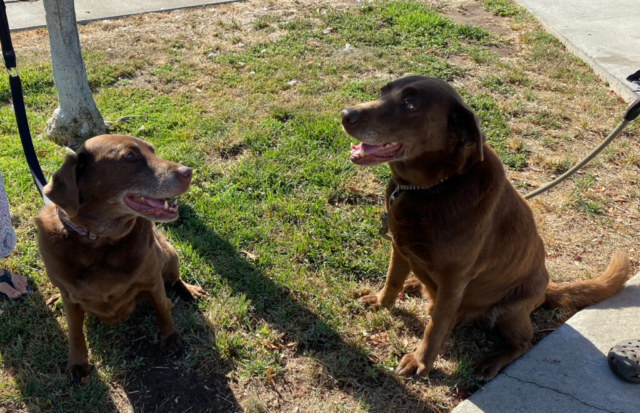
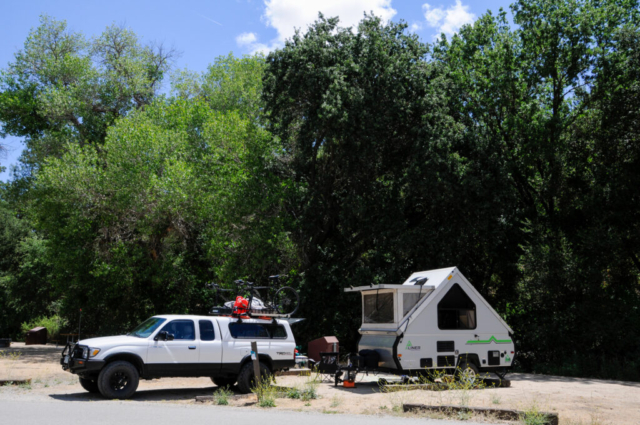
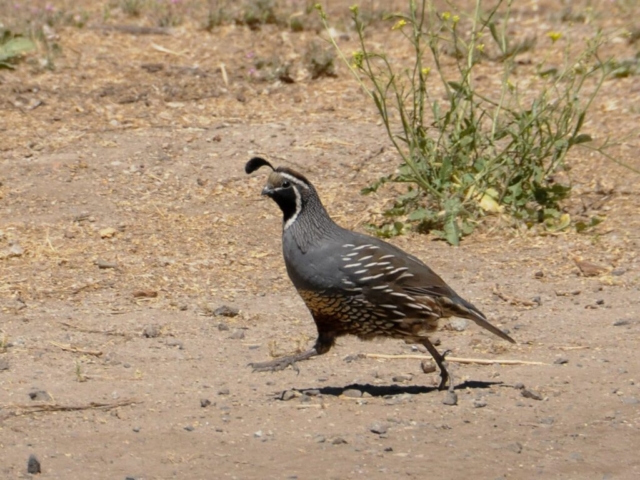
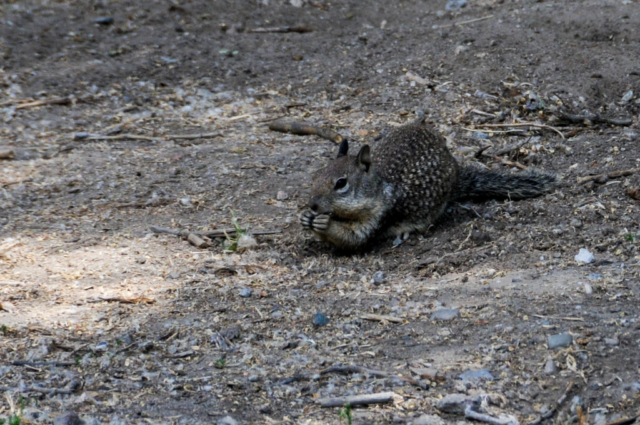
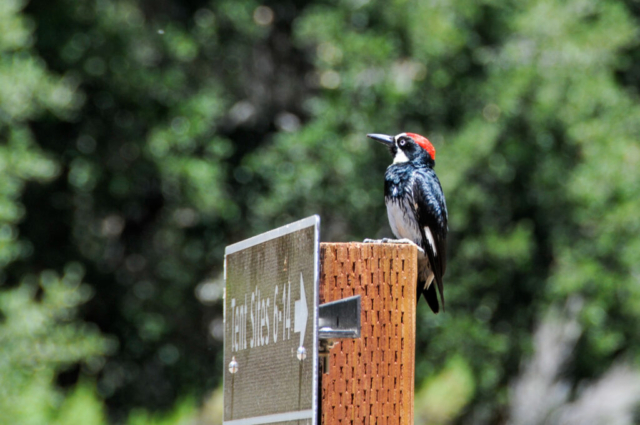
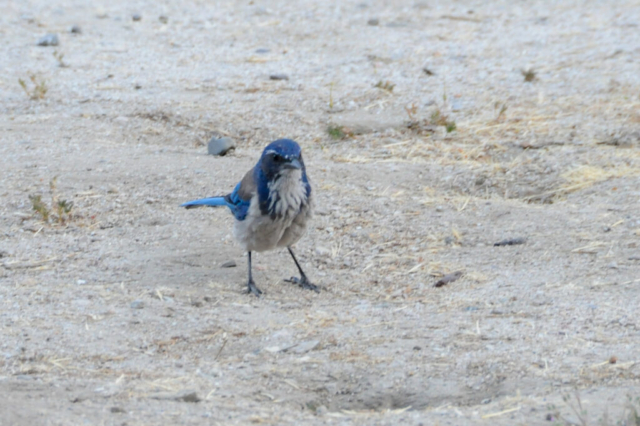
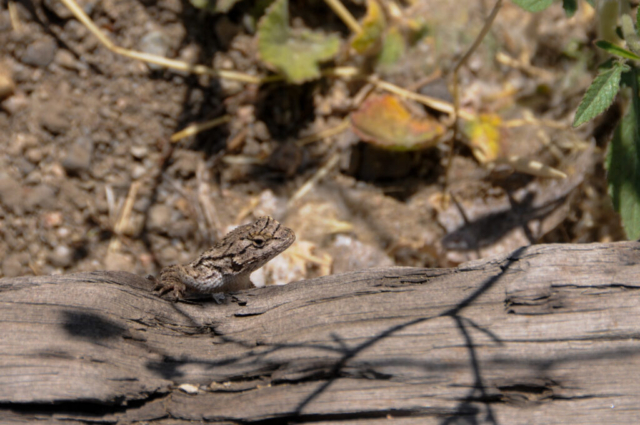
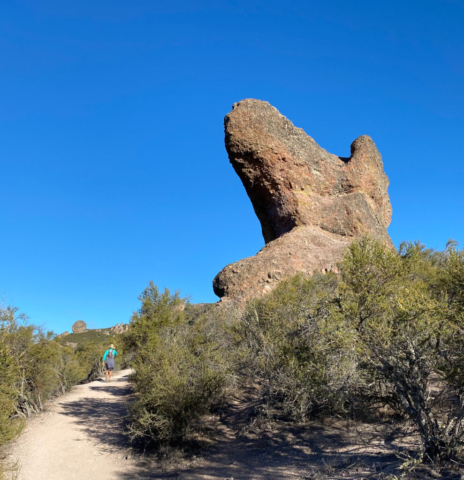
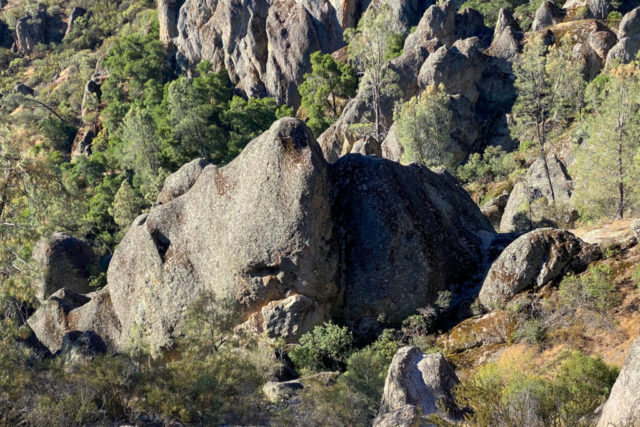
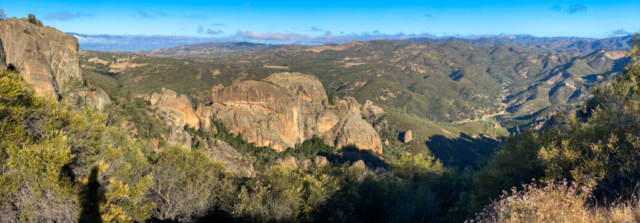
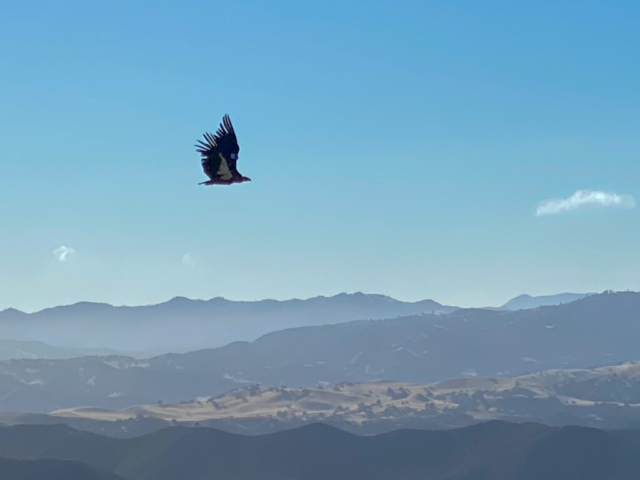
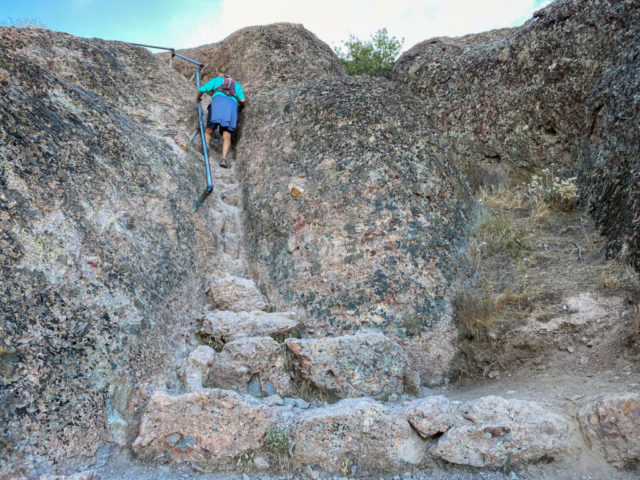
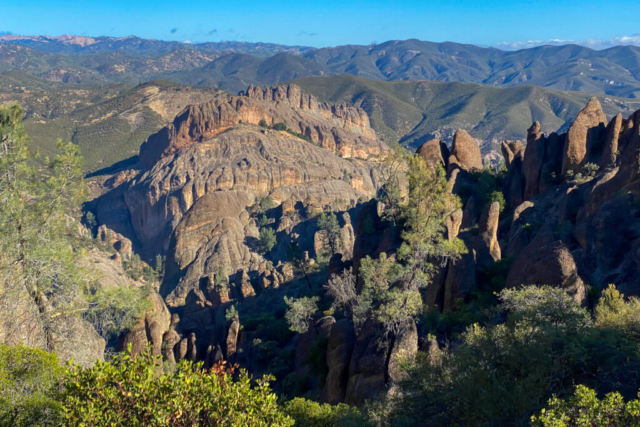
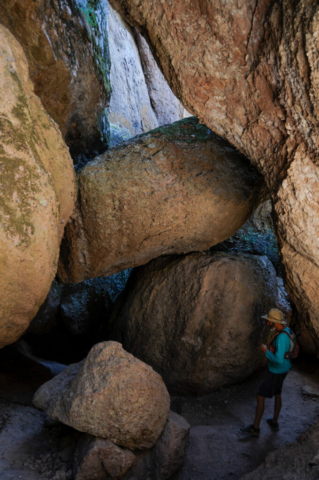
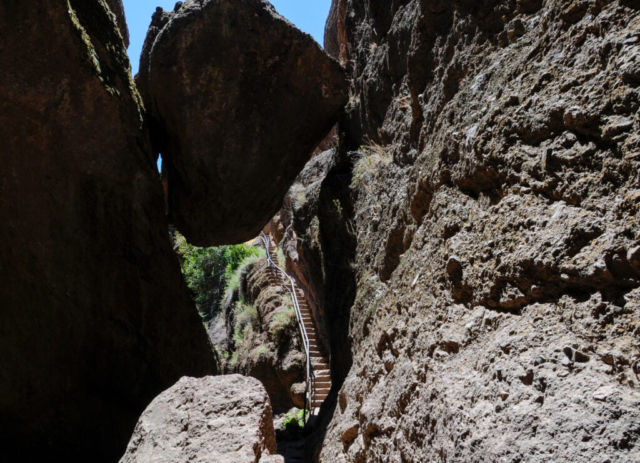
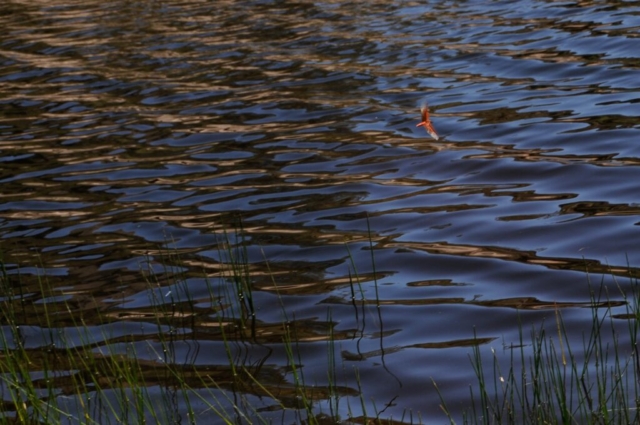
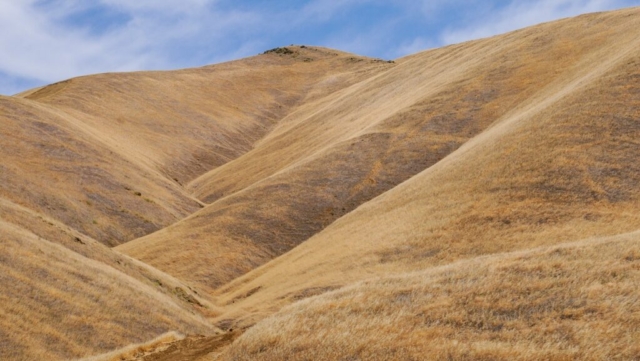
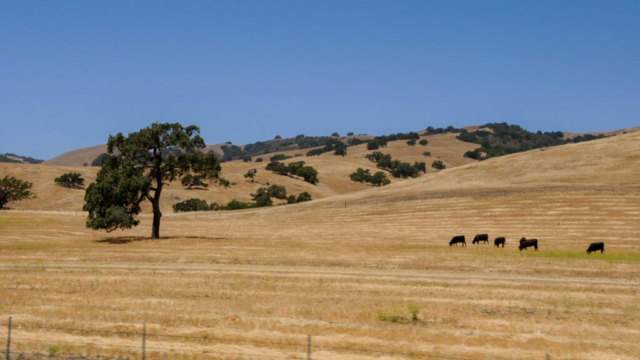
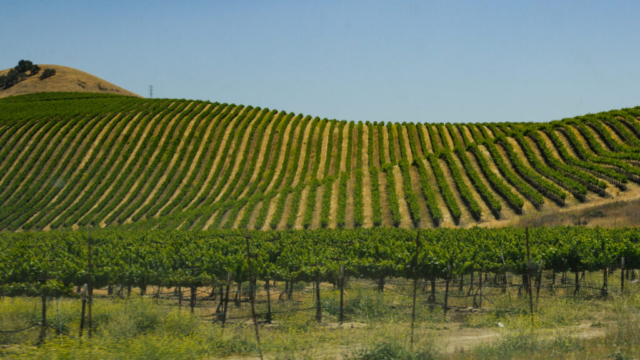
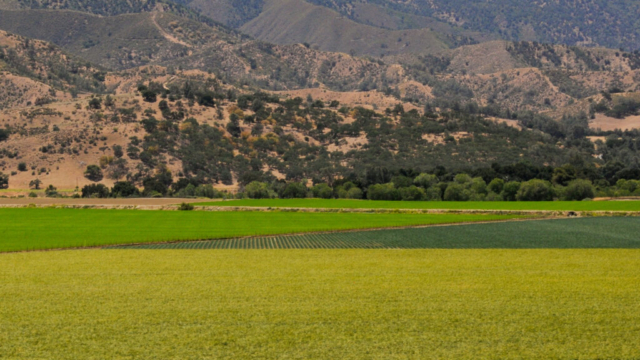
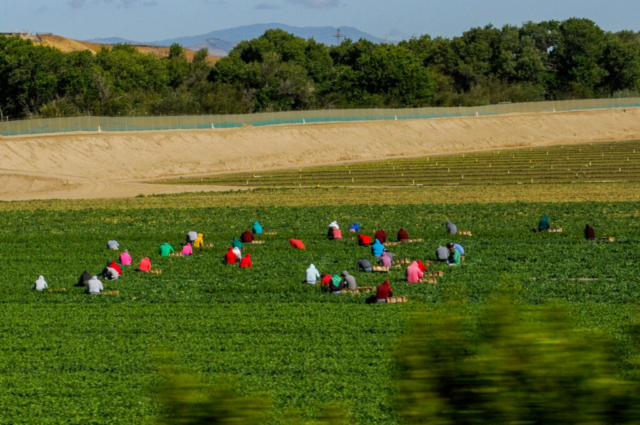
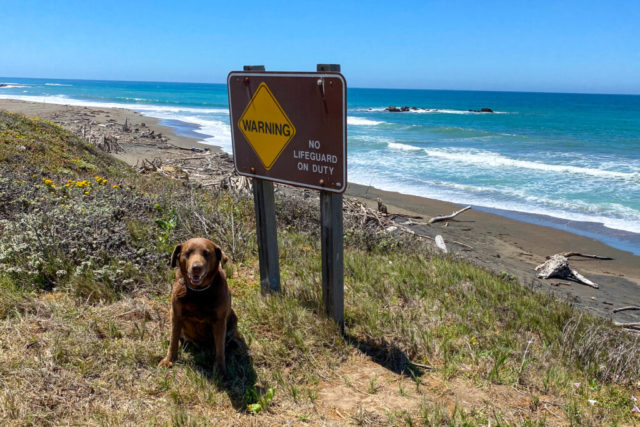
Comments
2 responses to “California Edition 3: West to the Coast”
Another good edition! But the ill dog made me sad. When are you coming to MT?
What a powerful story from your visit to the restaurant. Given all the adversity and arguing going on in this country, it’s nice to hear stories like that on occasion. Pinnacles was supposed to be on our route this past spring, but we had to cancel it so I could get my second dose of the vaccine. It doesn’t sound like we missed too much, so that makes me feel a bit better. Beautiful photos. Hope you all are staying cool and safe out there.